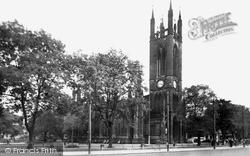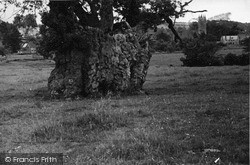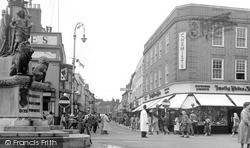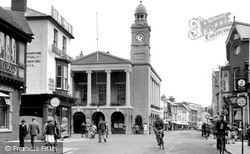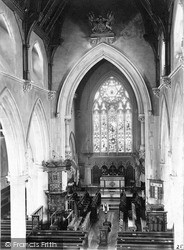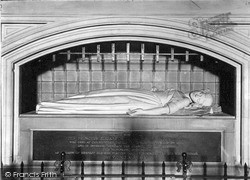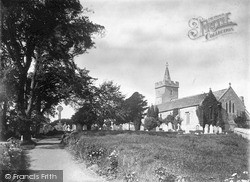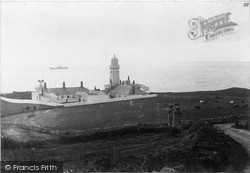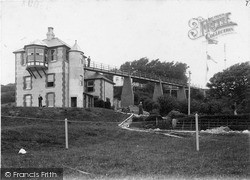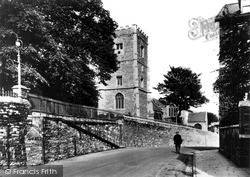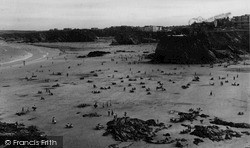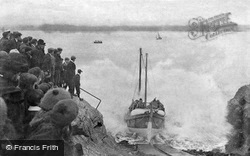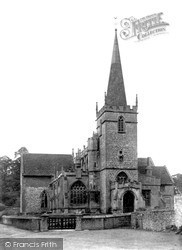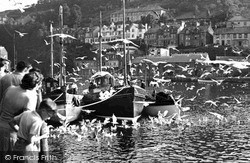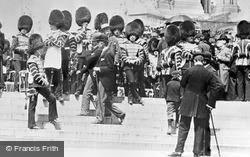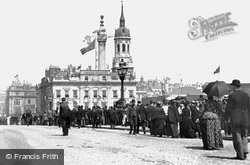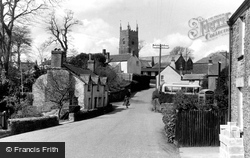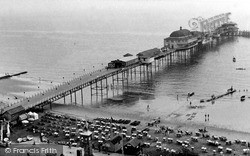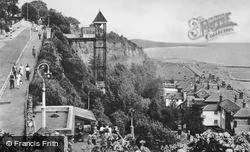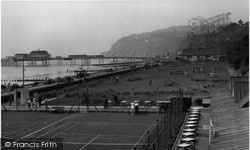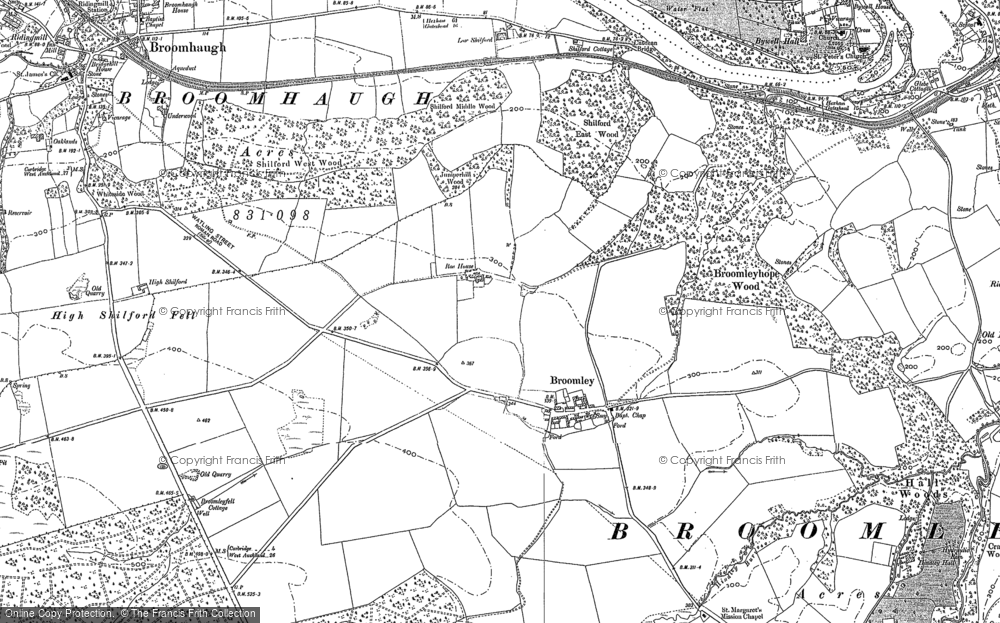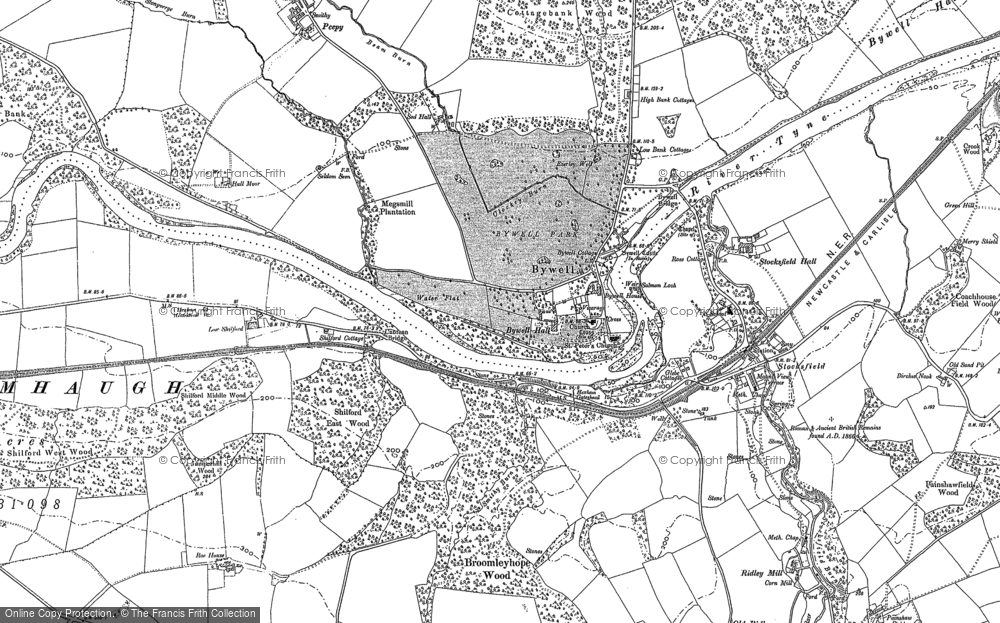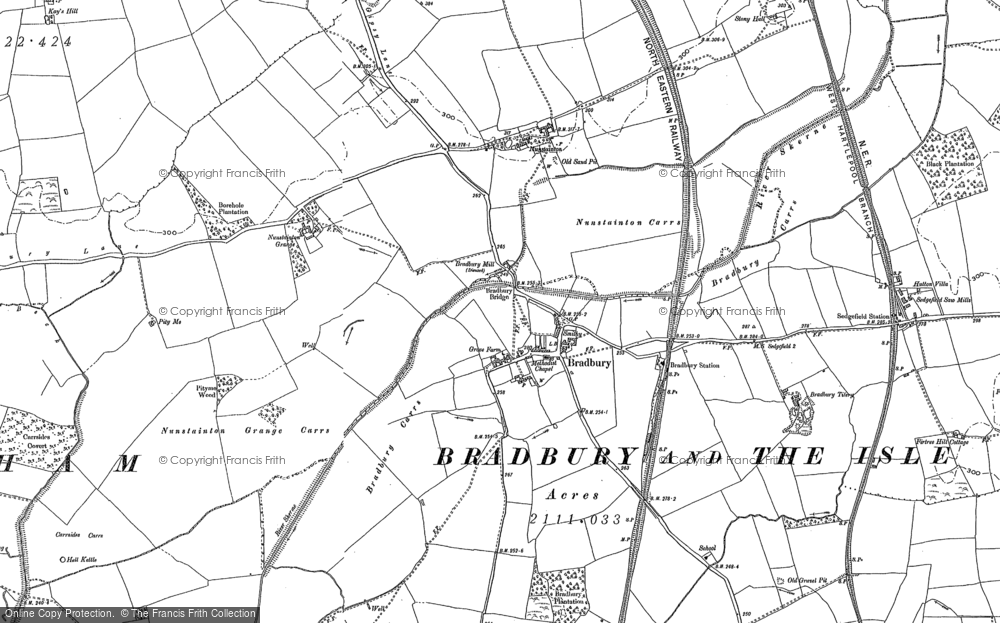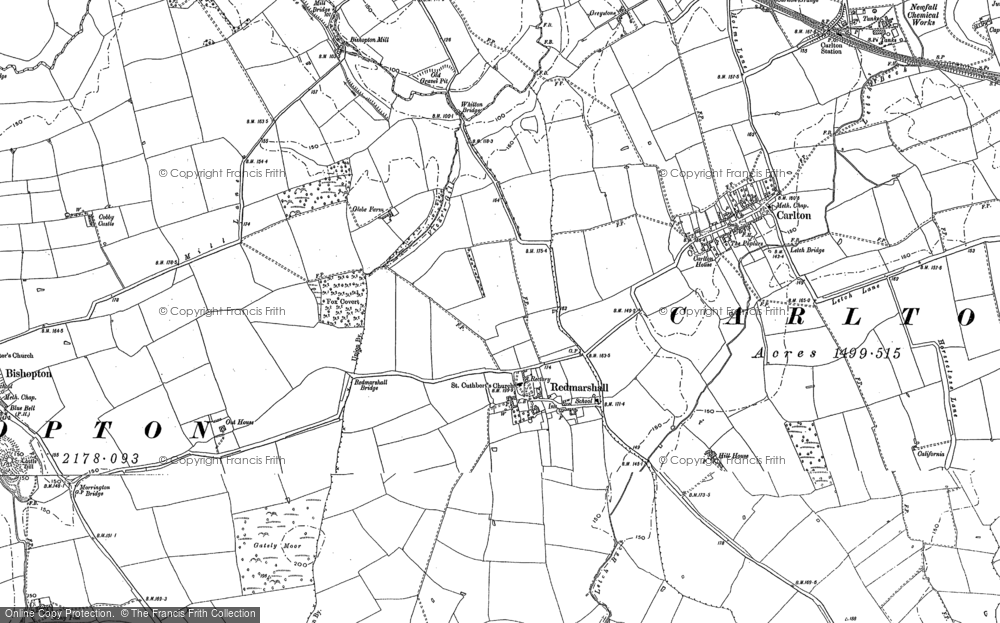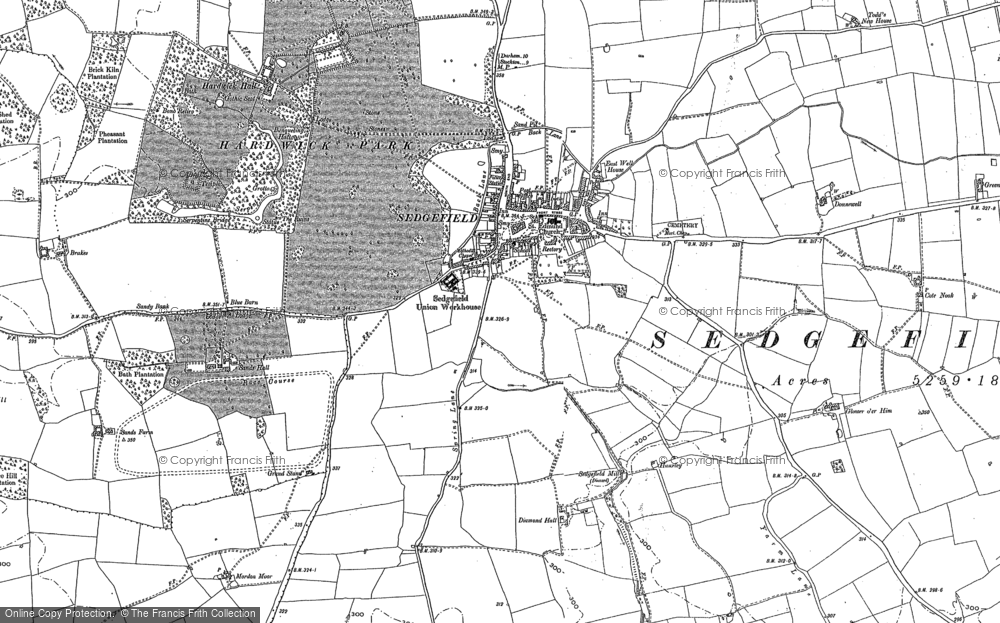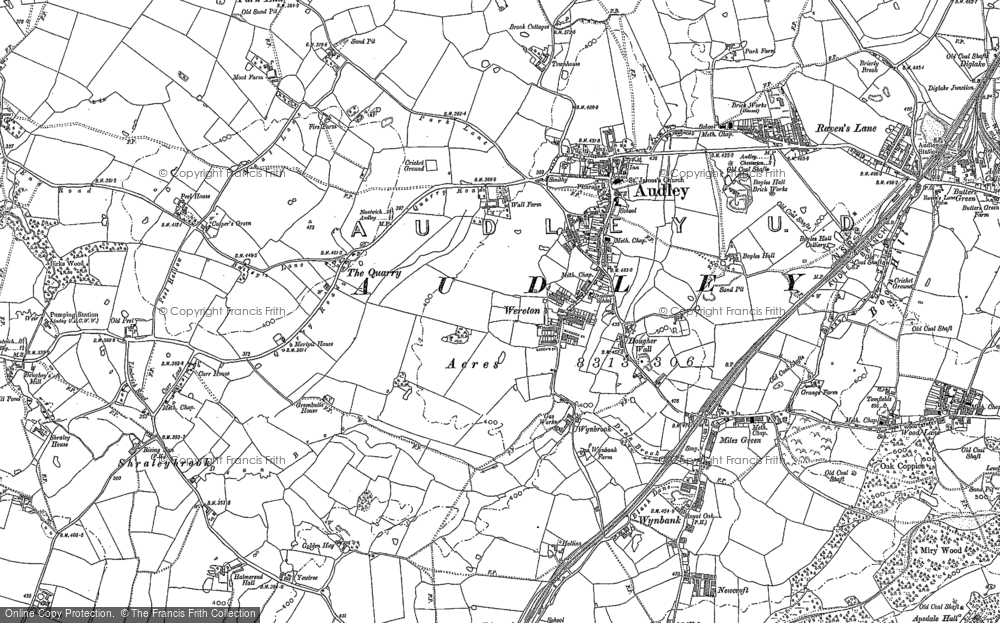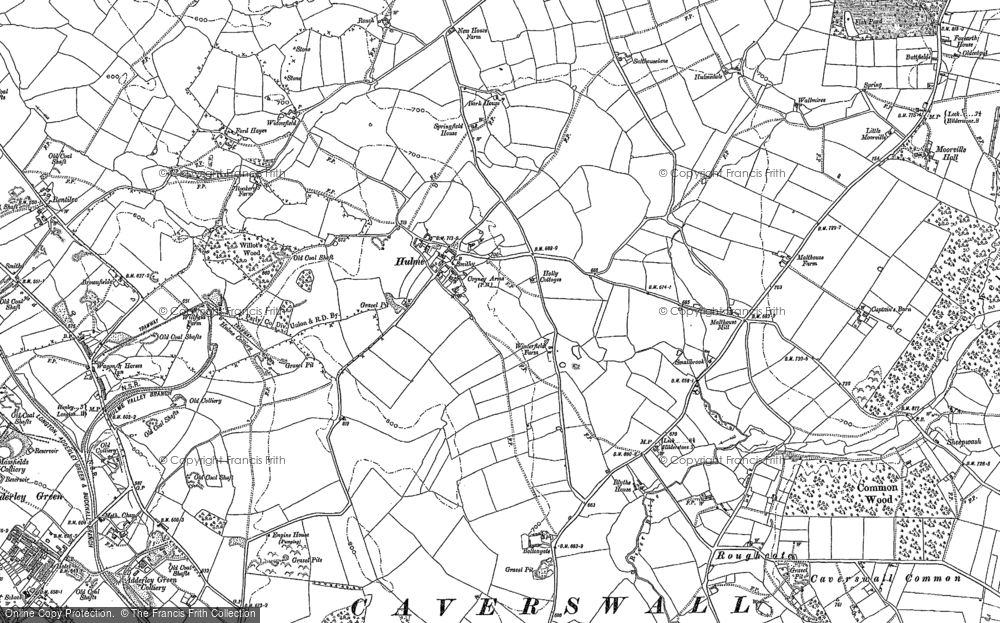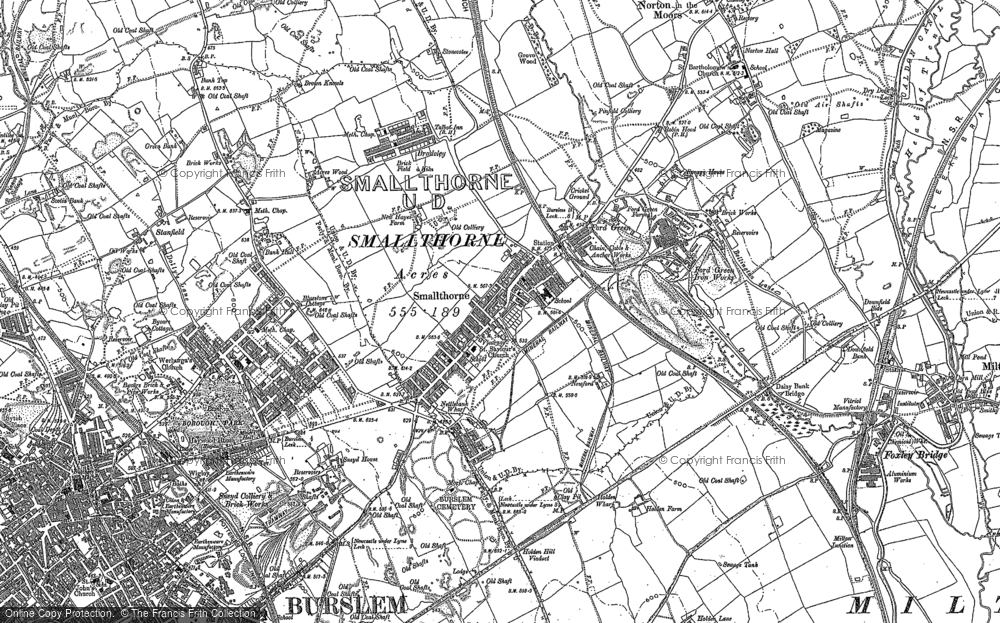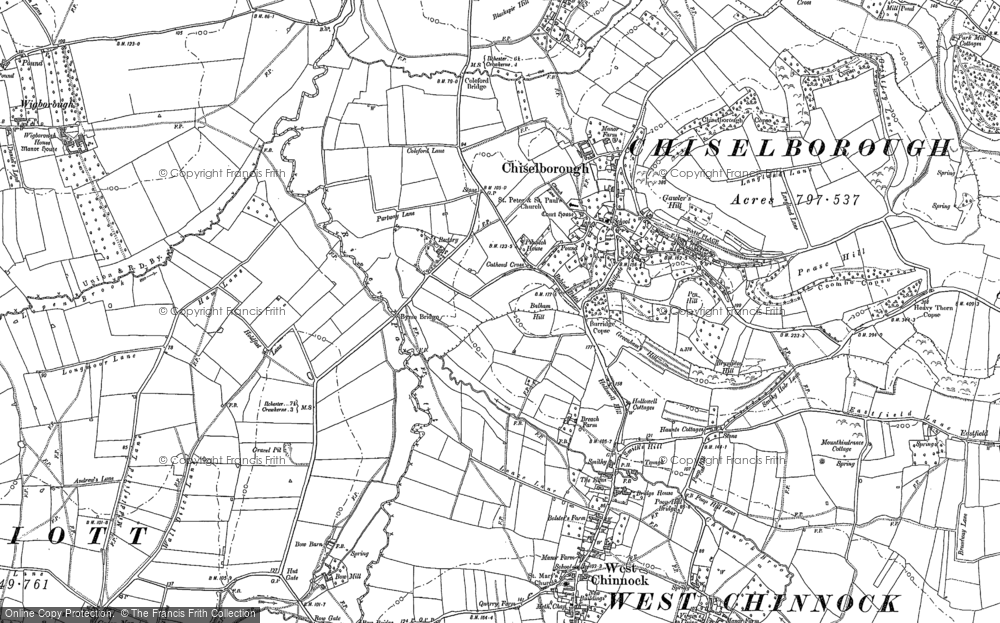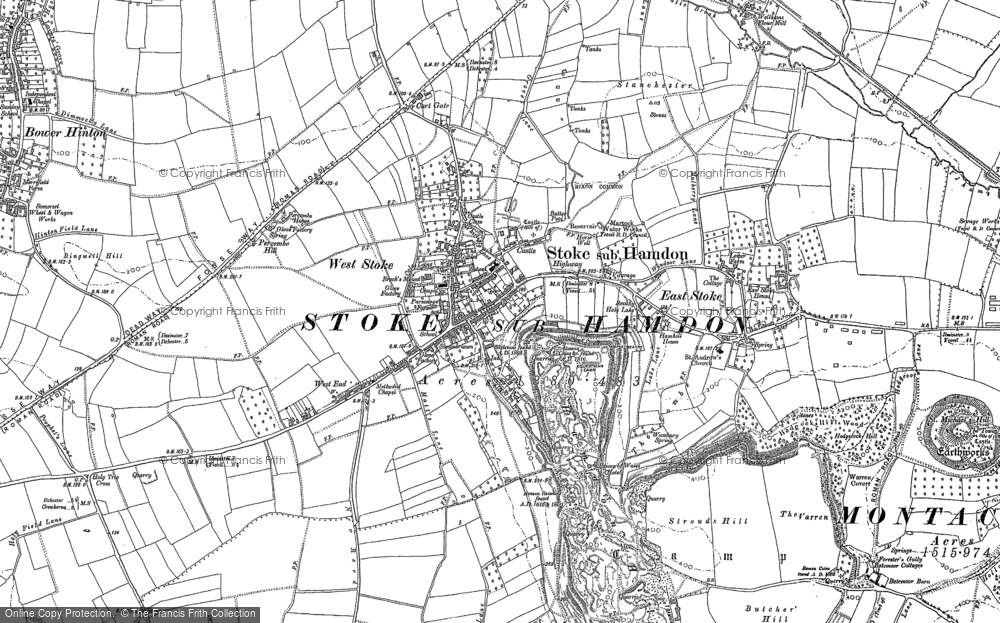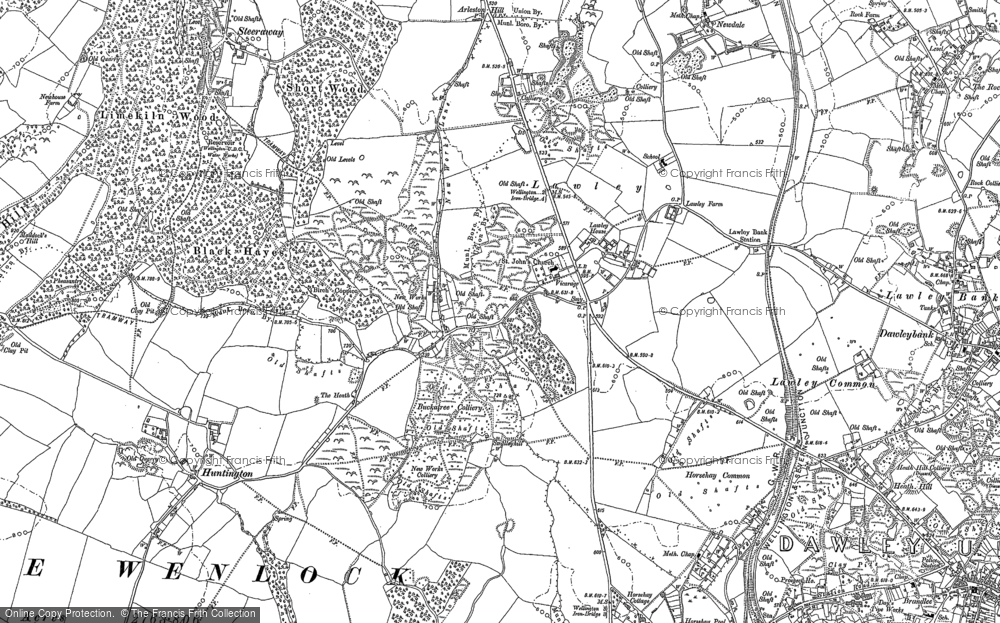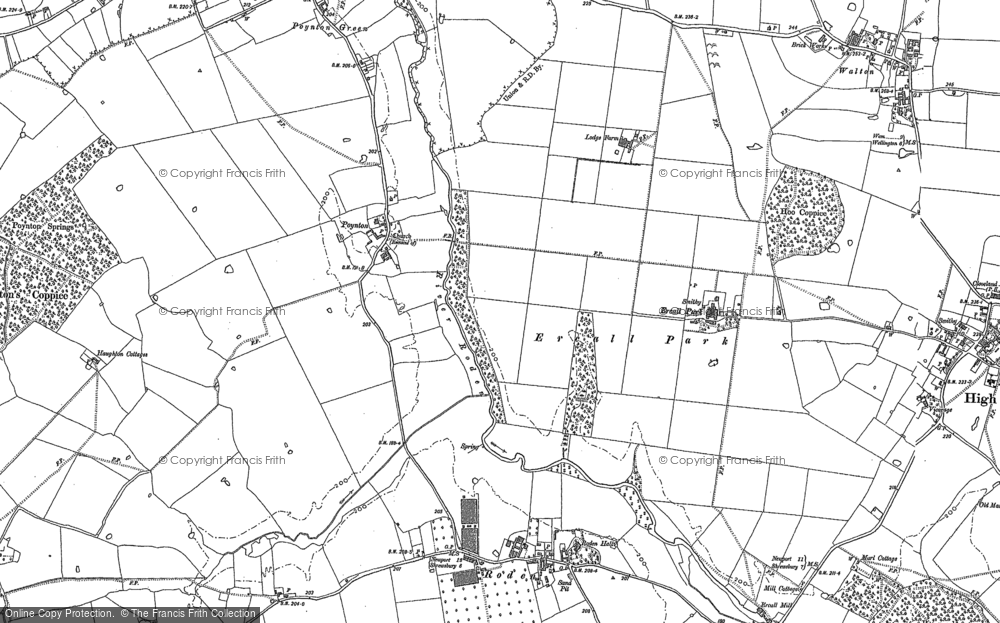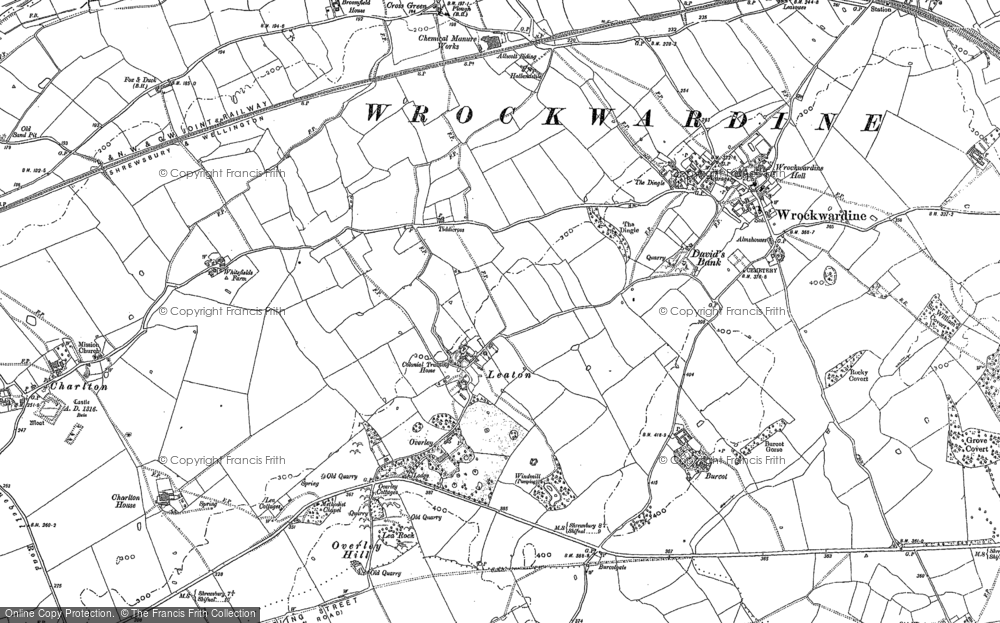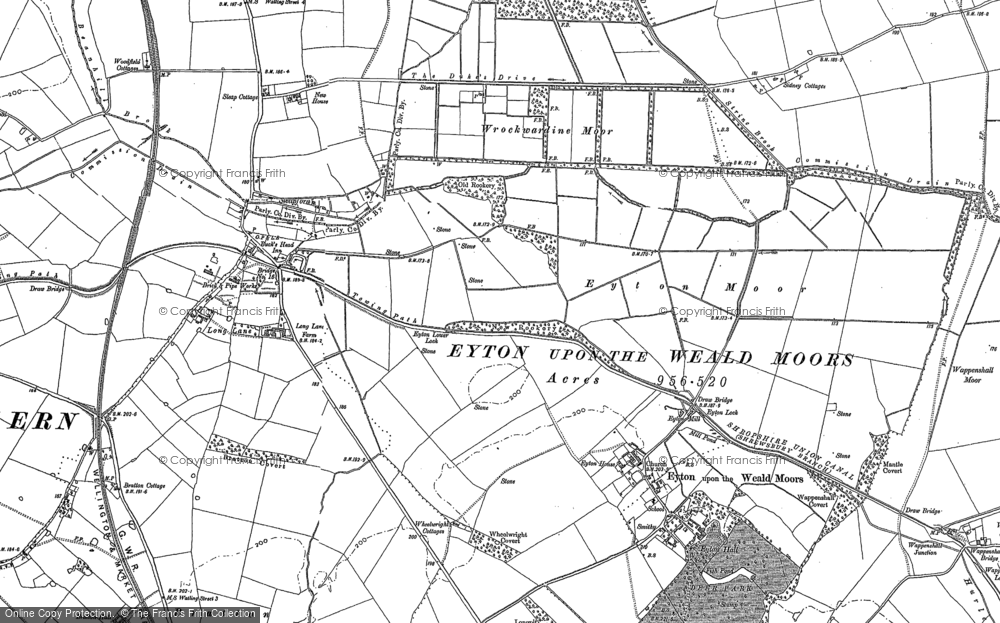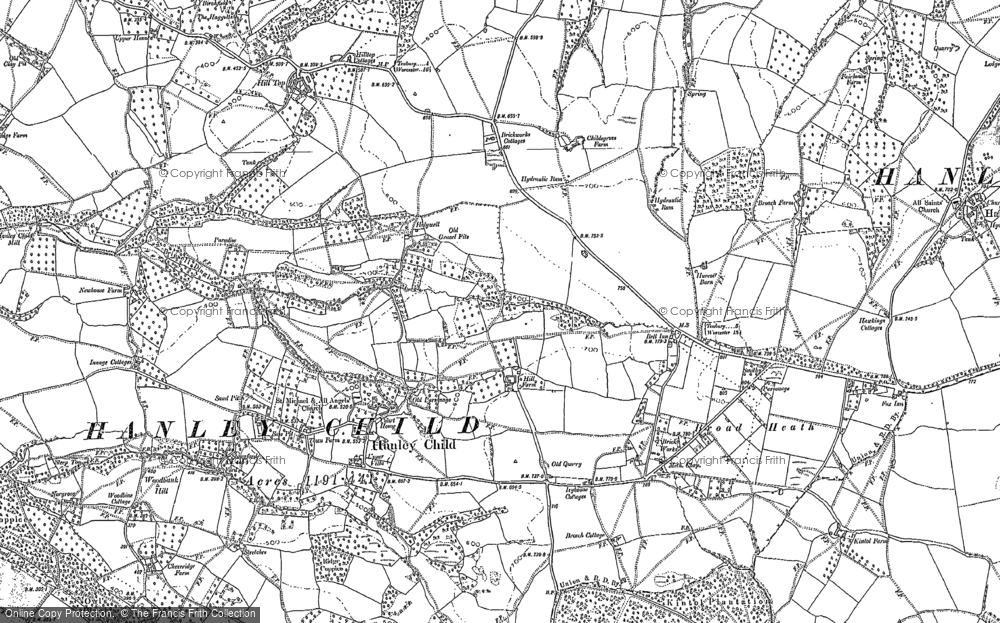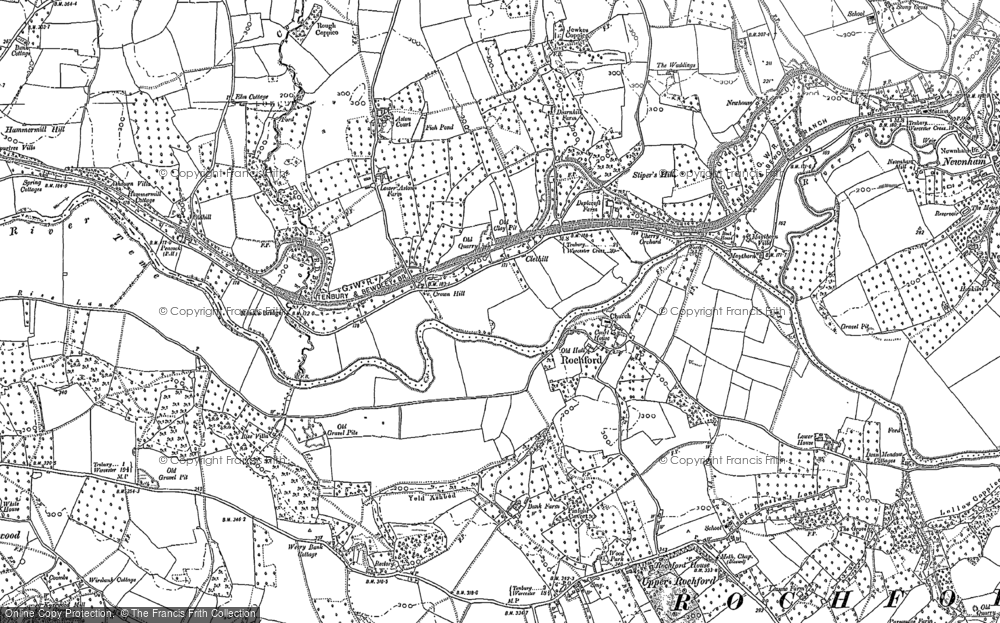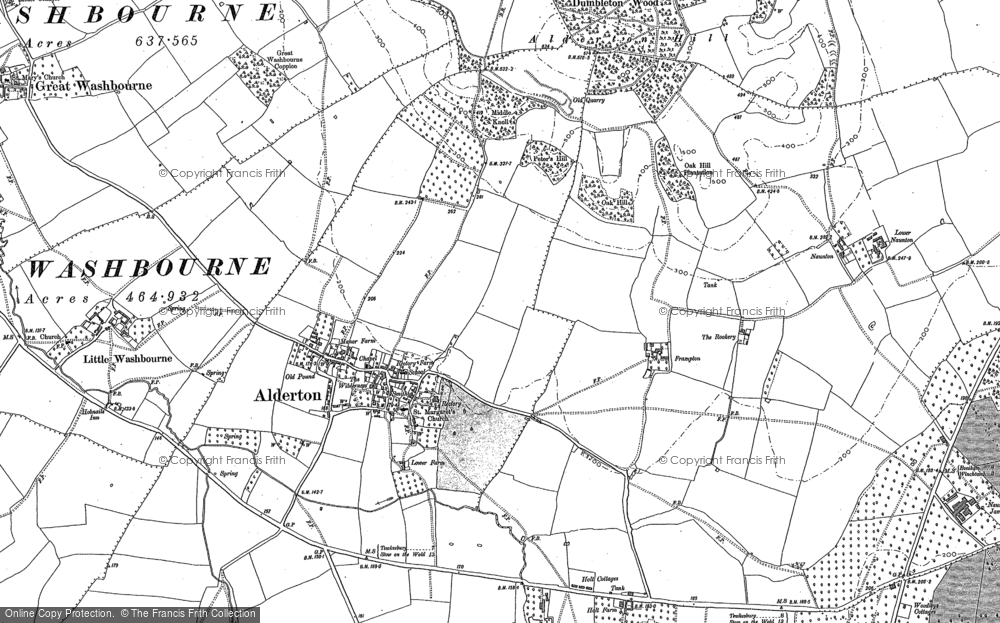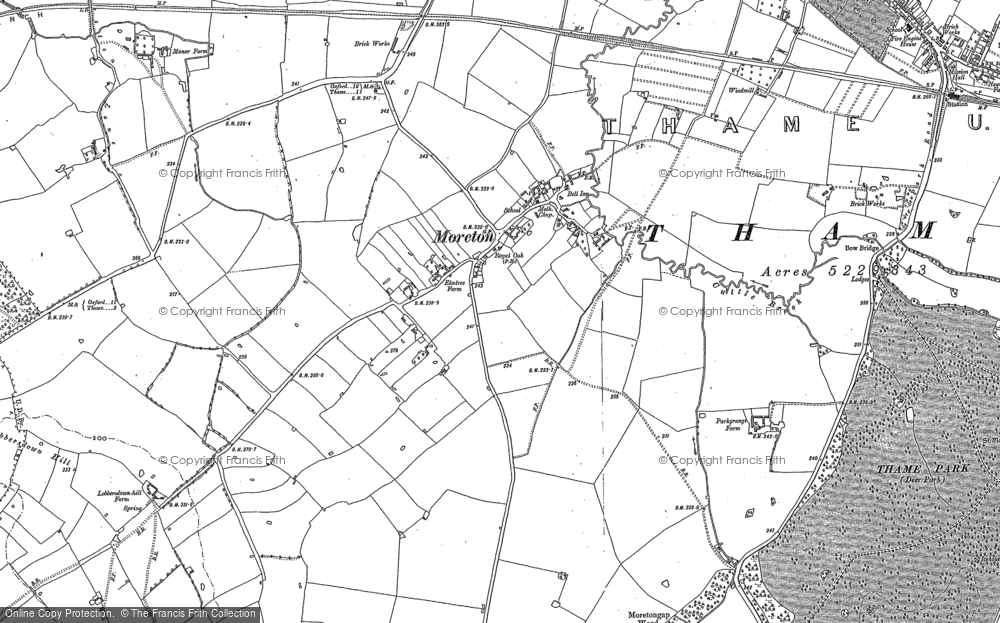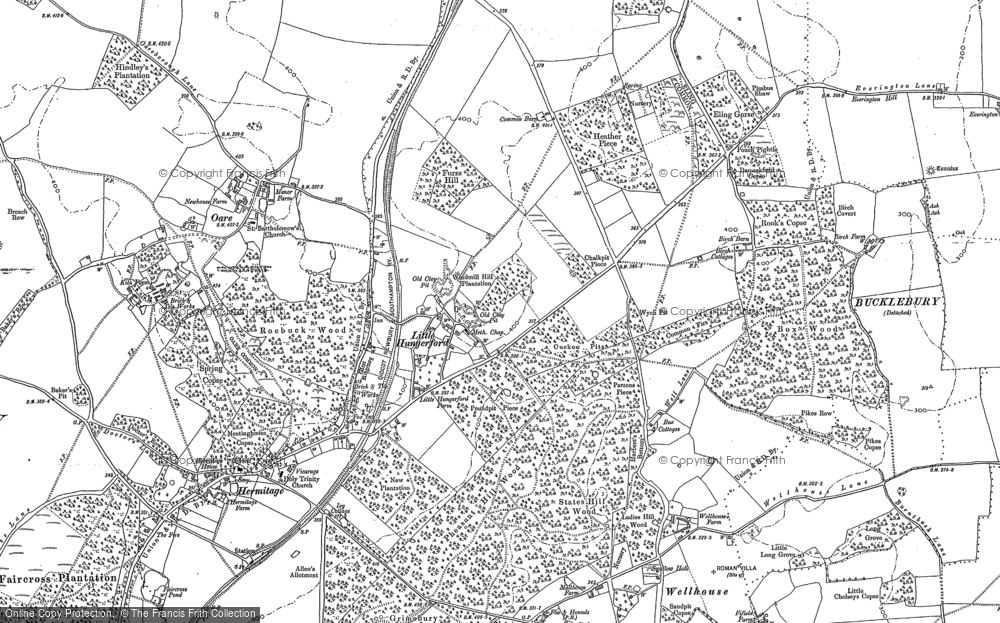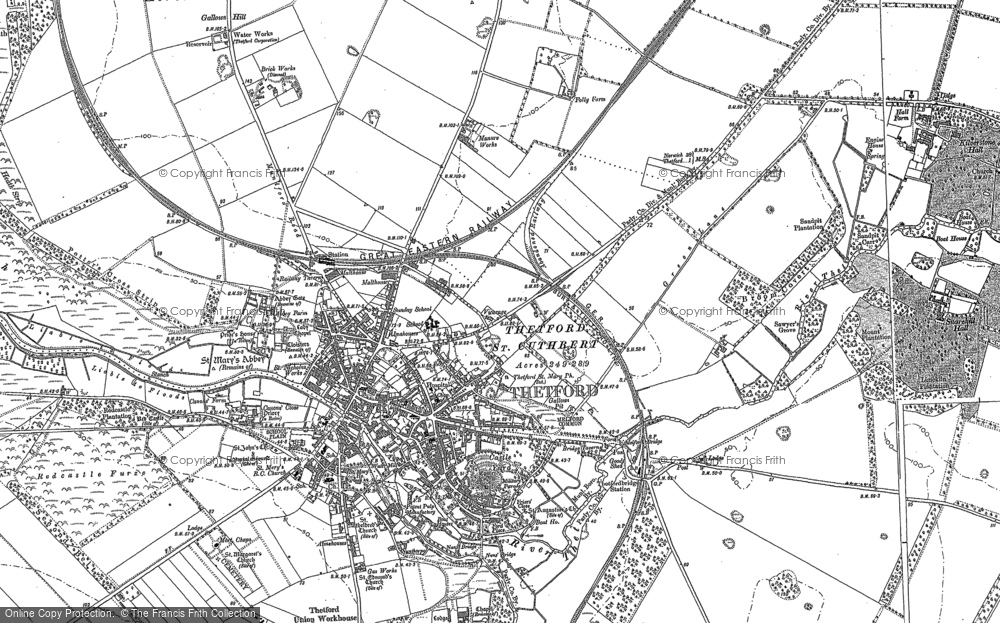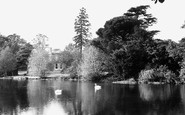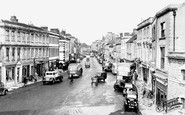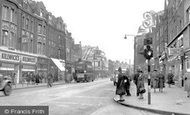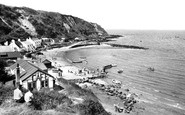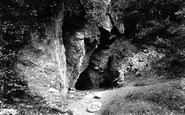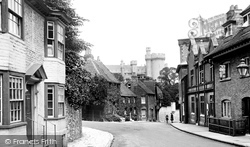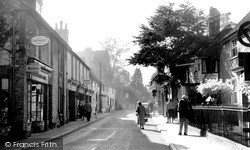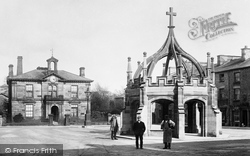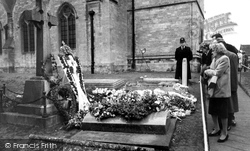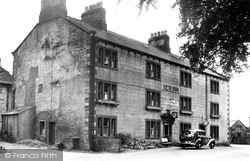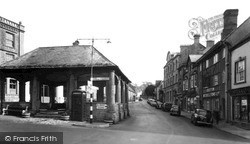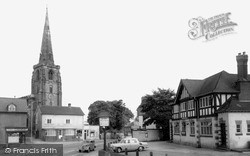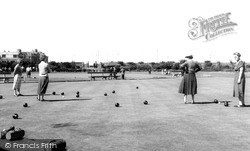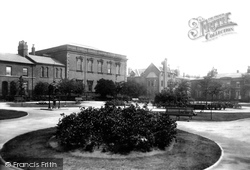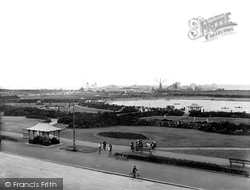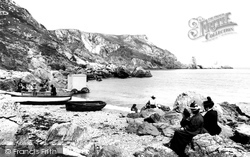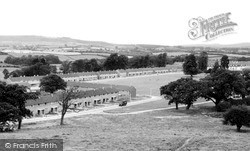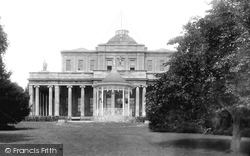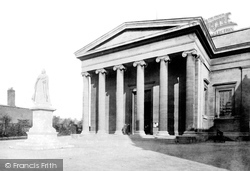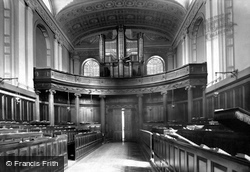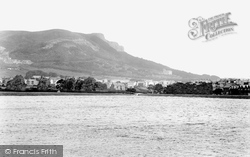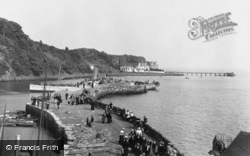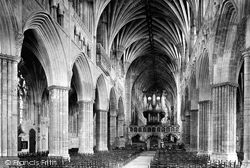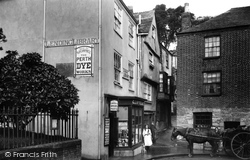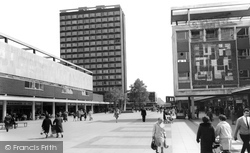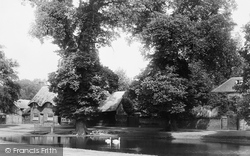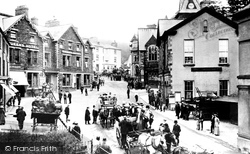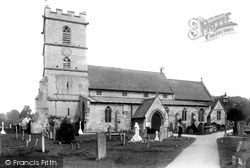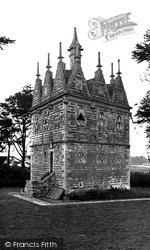Places
36 places found.
Those places high-lighted have photos. All locations may have maps, books and memories.
- Shanklin, Isle of Wight
- Ventnor, Isle of Wight
- Ryde, Isle of Wight
- Cowes, Isle of Wight
- Sandown, Isle of Wight
- Port of Ness, Western Isles
- London, Greater London
- Cambridge, Cambridgeshire
- Dublin, Republic of Ireland
- Killarney, Republic of Ireland
- Douglas, Isle of Man
- Plymouth, Devon
- Newport, Isle of Wight
- Southwold, Suffolk
- Bristol, Avon
- Lowestoft, Suffolk
- Cromer, Norfolk
- Edinburgh, Lothian
- Maldon, Essex
- Clacton-On-Sea, Essex
- Felixstowe, Suffolk
- Norwich, Norfolk
- Hitchin, Hertfordshire
- Stevenage, Hertfordshire
- Colchester, Essex
- Nottingham, Nottinghamshire
- Bedford, Bedfordshire
- Bury St Edmunds, Suffolk
- Aldeburgh, Suffolk
- St Albans, Hertfordshire
- Hunstanton, Norfolk
- Chelmsford, Essex
- Bishop's Stortford, Hertfordshire
- Peterborough, Cambridgeshire
- Brentwood, Essex
- Glengarriff, Republic of Ireland
Photos
11,145 photos found. Showing results 4,841 to 4,860.
Maps
181,031 maps found.
Books
442 books found. Showing results 5,809 to 5,832.
Memories
29,069 memories found. Showing results 2,421 to 2,430.
Oakmere
I have found a painting of Oakmere House, Potters Bar dated 1935. I believe the house is now a Beefburger Resaurant. There is a clearer view of the house from across the lake, there is the large pine tree & smaller trees on the right ...Read more
A memory of Potters Bar in 1930 by
Fedsden
Fedsden a large white house just outlying the nearby hamlet of Roydon. Was it to become the nursing Hospital of the 1940's or a School in the 1950's? Is this the same place that Ralph Fowler was born? Any idea as to the current title and ...Read more
A memory of Roydon in 1900 by
My Early Years In Salford
I was born in Salford, at 15 School Street in 1951. My first school was Stowells Memorial, I think the headmistress was a Miss Dent. There was a butchers shop one the corner with the same name as our family, but I don't think ...Read more
A memory of Salford in 1951 by
The Friendly Pub
We used to live in the house opposite the Horse & Groom, it was called Yonder Cottage, I wonder if it is still there, it was a very friendly public house, and we spent many happy hours in the company of friends, which I will ...Read more
A memory of Tylers Green in 1940 by
The Old Bell Hotel
Well not my memories exactly, but those from my father's diaries. He was John Welch and married a Peggie Richens who had grown up in Warminster. They married in the Minster Church and he left immediately for the war. When he came ...Read more
A memory of Warminster in 1940 by
The Capitol Cinema
I used to look forward to the weekend so I could pay my 'tanner' and go to the Saturday morning pictures at the Capitol (now Marks & Spencer I believe). I was born and raised in Barking, Sutton Road (off Movers Lane). Went to ...Read more
A memory of Barking in 1956 by
Nefyn Beach
The beach cafe shown in the photo entitled 'the anchorage' was owned and run by my aunts, the Misses Miriam and Evelyn Wales, whose father moved to Morfa Nefyn in the late 1800s to take charge of the cable station linked to Ireland. Also my ...Read more
A memory of Nefyn in 1940 by
A Little Bit Of Chudleigh History
When a boy, my father, Donald William Stevens, used to show visitors through the Pixie caves for 1/2d per person, with the light from a candle for illumination. After WWII he followed in his father's (William Henry ...Read more
A memory of Chudleigh by
Walks
Brockworth oh Brockworth, what a lovely village! I grew up there and my dad used to take my brother Melvyn and I for walks up the hill. Castle Hill and Coopers Hill. I remember walks from 1975 onwards, especially on the lower slopes of Coopers ...Read more
A memory of Brockworth in 1975 by
Torpoint Memories
I was born in Tor House Torpoint in 1933. Tor House was purchased by my Grandfather R S G Norgate, Royal Navy, in the early 1900s. My Uncle Dr Robert Norgate inherited the property in 1934. My Brother Joseph and I lived with my ...Read more
A memory of Torpoint in 1943 by
Your search returned a large number of results. Please try to refine your search further.
Captions
29,395 captions found. Showing results 5,809 to 5,832.
There are various family portraits inside the castle, some of them dating back to the Wars of the Roses.
Sunlight floods the right-hand side of Church Street in this view of everyday life in a small Sussex town.
Local tradesmen pose for the cameraman in front of the ornate octagonal open Market Cross in the Market Place, centrepiece of this lovely little town which many people believe to be the most beautiful
Sir Winston Churchill was buried in the churchyard of St Martin's Church on 30 January 1965. This photograph must have been taken soon after his interment here.
The New Inn at Clapham is a popular hostelry in the heart of the Dales Three Peaks Country, and a convenient starting place for the ascent of Ingleborough, which is 2,434 feet high.
The colonnaded Market Hall, rebuilt in 1813, dominates the centre of Ilminster. The tall building to the left is the post office.
The now busy A6, along with the rapid growth of the nearby East Midlands Airport, compounds the traffic problems that Kegworth has seen since the M1 junction was put in a mile away.
A ladies' bowls match is in progress in the peaceful setting of Zetland Park, at the start of the Coast Road to Marske.
The former private gardens of the residents of Palmyra Square were purchased in 1897 as a park to celebrate Queen Victoria's Diamond Jubilee, and were opened to the public on the 17th of October 1898.
The Gardens were part of a scheme to enhance Southport's image as a garden city.
This quiet little corner is on the north side of Torquay and reached by way of a romantic wooded ravine.
The final picture shows a brand new council estate; by the look of the gardens, no one has yet moved in. The only vehicle in the scene is a utility van, either gas or electricity.
Cheltenham entrepreneur Joseph Pitt benefited from an Act of Parliament that enclosed common land on the northern edge of the town.
Carved from a 17-ton block of white marble from Carrara in Tuscany, Queen Victoria looks unamused as she grasps her orb and sceptre in front of the Shire Hall.
Today, this is the only interdenominational chapel in the Republic of Ireland.
Belfast is pleasantly situated at the end of the lough that bears its name. This view looks westwards across the lough to Cave Hill, just to the north of the city.
Aberdour in the Kingdom of Fife, lying between Burntisland and Dalgety Bay, is described in the 1906 Baedeker as 'a favourite little sea-bathing place, with an old castle and the ruins of a Norman church
The ribbed vaulting of the 300-foot nave is unique in England. It was completed by Bishop Grandison and rests on blue-grey columns of Purbeck marble.
The churchyard rails are on the left in this scene in the heart of the old town.
Keay House—on the right—was home to Basildon Urban District Council from 1960 to 1965. It took its name from Sir Lancelot Keay, the first chairman of Basildon Development Corporation.
This restful scene of the village pond in the High Street with its magnificent trees, thatched cottages and elegant pair of swans, fell victim to the sweeping expansionism and development of the 20th century
Here we see a busy scene at the height of the tourist season.
Prestbury, close to Cheltenham Racecourse, has the reputation of being one of the most haunted villages in England.
This remarkable triangular building was erected for the Roman Catholic enthusiast Sir Thomas Tresham in the 1590s as a physical manifestation of the Holy Trinity.
Places (6814)
Photos (11145)
Memories (29069)
Books (442)
Maps (181031)




